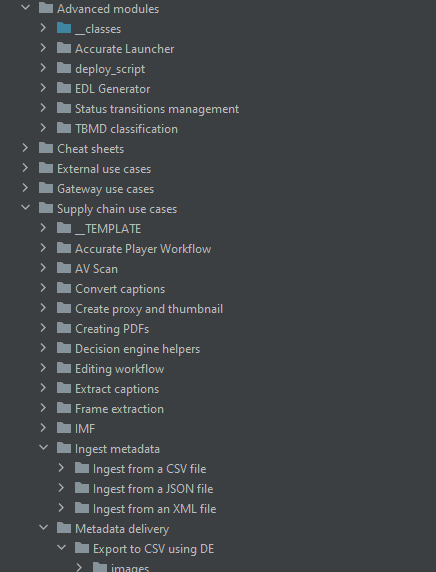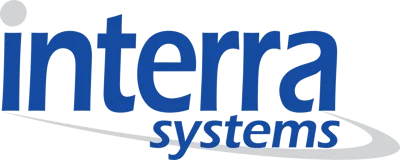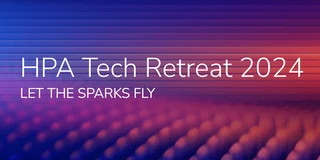sdvi update
Supply Chain Thinking:
Getting Exactly What You Want From Your Media Supply Chain

Geoff Stedman, Chief Marketing Officer
Media operations are inherently complex and unpredictable. Anyone who tries to tell you they are simple, or easy, hasn’t seen what a real-world media operations department must deal with on a daily basis: spikes in demand for a new deal, missing metadata in archive content, content that arrives from a supplier without all the required components, and other unanticipated anomalies and disruptions. To keep content operations running at full capacity, the media supply chain must be able to adapt to all of it in an efficient and intelligent manner.
Beyond dealing with the unpredictability of media operations, every enterprise media company manages its own unique workflows, with its own (often custom) set of tools, and its own processes and procedures for how content flows through its supply chain.
When a media company is able to define very specific and unique media supply chains and then programmatically control the underlying technical infrastructure, it has just what it needs to achieve its media operations objectives. Programmatic control over supply chains and the technical infrastructure that supports them is far superior to over-simplified media management alternatives that are constrained to the infrastructure allocated to them. In effect, what we are describing is the ability to define media supply chains and automatically compose the technical infrastructure to meet the supply chain requirements on-demand.
Composable media supply chains. Is that even possible?
Within the Rally platform, you build supply chains to run on composable infrastructure that’s based on the work that needs to get done, the applications that need to be run, and the tasks that need to be completed. Because the supply chain is composed to meet your specific workflow requirements, there are no limits, no constraints.
Software-defined, or composable, media supply chains can even be built automatically by smart decision engines that evaluate what’s going on and what needs to get done in order to provide just-in-time media processing. Because your infrastructure is software-defined and software-controlled, you can compose — in an on-demand, almost real-time manner — both the infrastructure and the supply chain that runs on that infrastructure.
In this month’s blog, we take a look at the whole notion of composability, including what happens when you add smart decision making and automation to composable infrastructure models.
From Our Technical Solutions Team:
Composing Your Supply Chain with Sample Workflows

Julien Gosnet, Solutions Architect
A speedy deployment may sometimes seem daunting. Operators are faced with tedious and time-consuming tasks like:
- developing the new workflows and surrounding logic
- testing new tools
- deploying and maintaining associated infrastructure
While the needs of a team for any given project may be unique, the reality is most media supply chains have a certain number of components in common. No matter which QC tool you prefer, for example, the results of that QC check will be used to set up a manual QC session. Similarly, no matter which language validation or metadata enrichment tool you use, the resulting data needs to be incorporated into the supply chain.
Fortunately, Rally users benefit from the time-tested media supply chains that have come before. Common workflows are available as samples that can jump-start your deployment with a tested, trusted supply chain setup. Pick a supply chain that roughly meets your need, now customize it using the best components for your use case. Employing samples can reduce deployment time from weeks down to mere minutes.
Rally media supply chain samples are currently available for many common workflows including ingest, QC, AI, delivery, and more. They are also available for specific functions such as checking file status, media info specs, creating concurrent workflows, etc.

If you’d like to look at samples to jump start a new Rally media supply chain project, reach out to your TAM or solutions architect.
New in Rally
Updating Asset Status Indicators in Decision Engine
Rally supply chain engineers can now use Decision Engine to change asset status indicators’ color and text.
Previously, when trying to show different states of the same step in an asset’s cycle (e.g. QC), users needed to delete the current markers and create fresh markers each time. Now, when staying with the same icon in the same group, color and message can be changed.

Say you have a supply chain checking for QC errors. At the beginning you can now drop a grey QC icon with text saying “QC scheduled”. Then, as it is being processed by an auto QC tool, it can change to blue and say “QC running“. When complete, the status could be either green/”QC passed“ or red/”QC failed”. Asset status can be utilized more easily now to show a live-updated, higher level representation of any (often parallel) tasks and supply chains running on the asset, with more detailed information available in each supply chain visualization.
Learn about more of the many enhancements resulting from our Rally framework update in our latest Rally Updates blog.

Application Spotlight

Interra BATON
BATON is used by global broadcast, cable, telco, satellite, IPTV, over-the-top (OTT), and post-production markets and archiving companies working with file-based content. BATON is the trusted choice for all their file-based QC needs, available both on-premise and in the cloud. BATON supports a wide range of media formats and offers comprehensive quality checks, including extensive subtitles and CC verification, audio language identification, PSE correction, loudness detection, and correction. BATON’s powerful Media Player for frame-accurate review, rich QC analytics, and smart workflow tools are the best in class in the industry.
Learn more about the full spectrum of best-in-class tools in the Rally Application Services Market.


